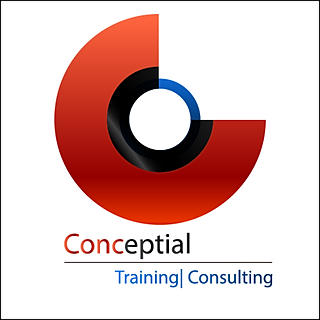Are You Still Conducting Training Programs?Time To Switch To Learning Journeys
- Admin
- Jun 13, 2018
- 2 min read

If you are a training manager or HR professional reading this post you most like understand what I am talking about. One of the major complaints of all major organizations who have well designed training framework and infrastructure is most often the same one thing.
We are not getting clear visibility on impact of business results; any impact the training has on individual also lasts for a short time
The good news, there is a very simple solution to your problems. And the solution is to move from training programs to learning journey. Furthermore stop calling staggered training programs for individual as learning journey or training journey.




Yes, we’re continuing with training programs this year. It’s essential for keeping our teams updated and inspired. Just like how cakes in Pakistan bring sweetness to festivals, regular training schedules bring knowledge and fresh concepts to the workplace.
At Visionary CIOs, we narrate the stories of industry leaders who are redefining the role of the CIO. We bring you exclusive interviews, insightful articles, and in-depth analysis of the latest trends and technologies shaping the future of business.
https://visionarycios.com/
The Lifesciences Magazine</a> Is a global healthcare solutions platform that paves the way for various healthcare innovations, expert advice, and the success stories of professionals in the field who are driving transformation with their innovative thinking.https://thelifesciencesmagazine.com/